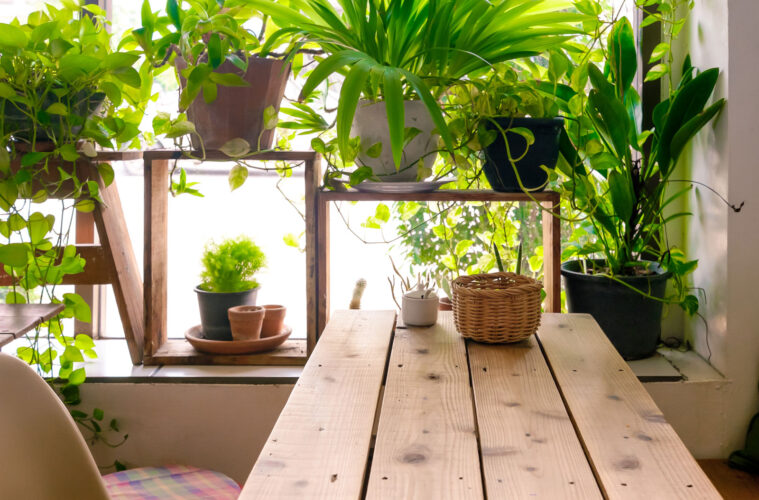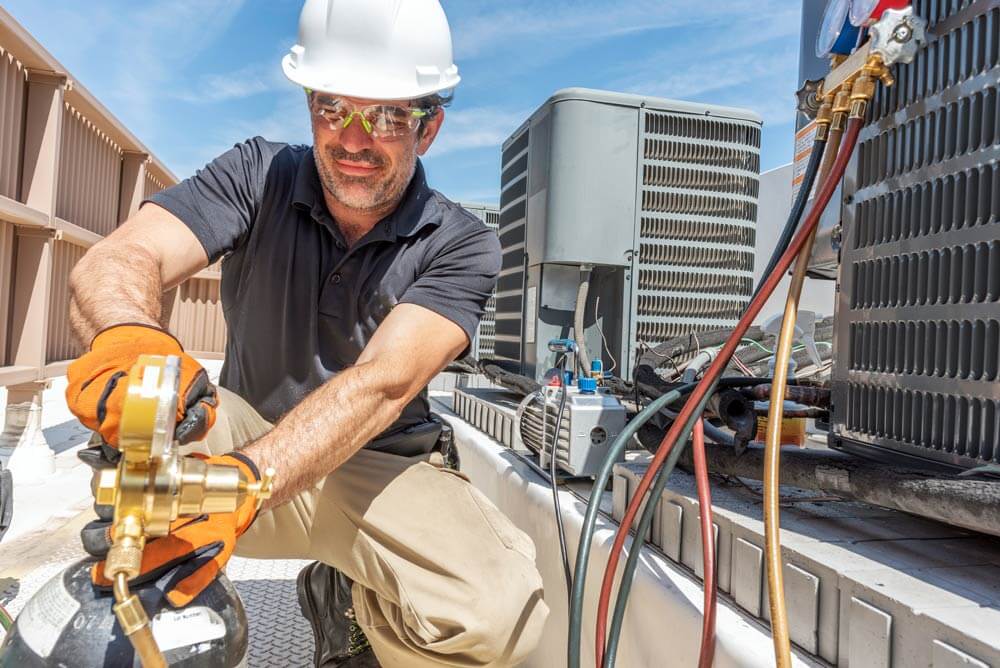Having a garden is a great experience that is quite therapeutic and allows you to enjoy beautiful views. However, this is not a luxury most people have, especially when living in an apartment without ample outdoor space. The lack of outdoor space limits the experience of gardening and leaves you craving for better solutions.
Solutions like indoor gardening come in handy to allow you to add greenery into your space and enjoy the experience. Additionally, these indoor gardens have added advantages that make them excellent investments. Plants help to purify the air and add a decorative touch to your space, sprucing up its look completely.
If you are thinking of starting an indoor garden, here are a few struggles you’ll need to consider with solutions on how you can easily tackle them.
Space Availability For Your Indoor Garden
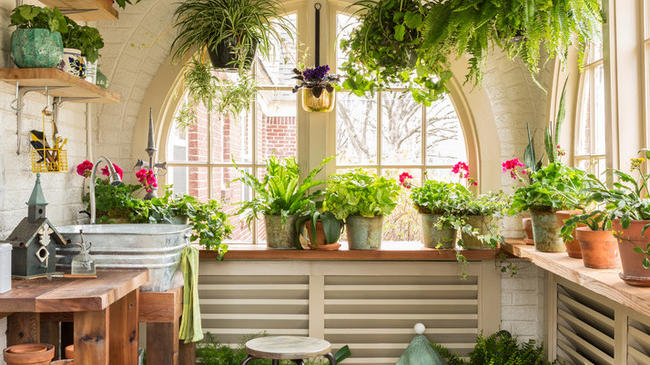
source: pinterest.com
Do you have enough space to start an indoor garden? The space you plan to use is essential, given it will determine how many plants you can incorporate. If you are working with a small space and would like to have multiple plants in your home, you’ll need to be strategic.
Growing your plants vertically is a great strategy to help you maximize the space you have without adding clutter. Vertical farming comes with incredible benefits that you should not ignore, especially when starting an indoor garden. If you are looking for reasons why you should start vertical farming, here are a few to get you going.
- It will allow you to have more plants while using less space that would have been left idle.
- It will make it easy to maintain the plants when feeding and watering them.
- It acts as a great focal point adding an incredible view to your home.
- Allows you to get creative with the plant placements and how you want your indoor garden to turn out.
Location of Your Indoor Plants
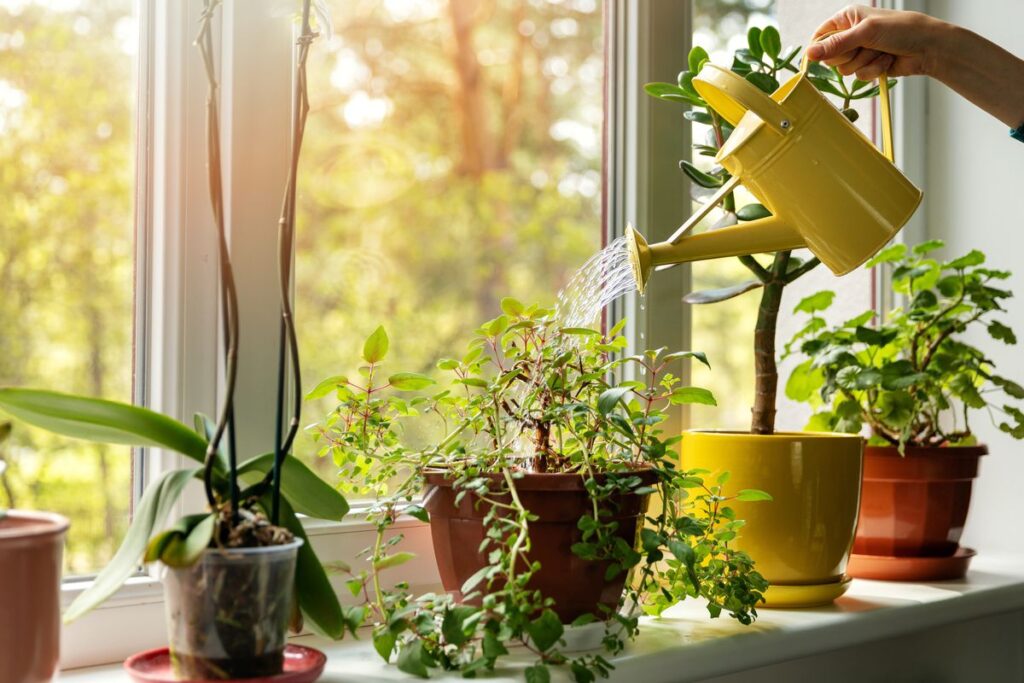
source: pinterest.com
The location of your indoor plants plays a significant role in determining how well your indoor garden does. Unfortunately, most people tend to assume that since they are investing in an indoor plant, it will have the capacity to thrive regardless of its location in the house.
However, every indoor plant comes with specific requirements that you should meet to allow them to thrive. Some conditions that will determine the best place for your plants include;
- Exposure to sunlight
- Spot Shade (Occasional sun exposure)
- High, moderate, or low humidity
In most cases, indoor plants will come with care instructions to help you determine the best place to keep them. Paying attention to this will set your indoor garden up for success. If your plants don’t come with care instructions, do a quick Google search of the plant name and check the optimal conditions you should provide.
Watering Your Indoor Plants
Watering your plants allows them to grow and keeps them healthy and appealing. However, this requires you to be consistent and precise. The trick is to avoid giving your plant too much or too little water.
Aim to sufficiently water your plants by ensuring that you pay attention to the plant’s care instructions. Additionally, keep an eye on the soil to determine when the plant needs water. If the soil is dry, water your plant, but give it a bit more time if the soil is damp.
Paying attention to the leaves of your plants can also serve as a great indicator of when you should water them. When most plants lack water, the leaves turn yellow, brown, and wilt. With this in mind, when you see your plants’ leaves start to get floppy and not as firm as they usually are, ensure to water them.
Adding Nutrients to Your Indoor Plants
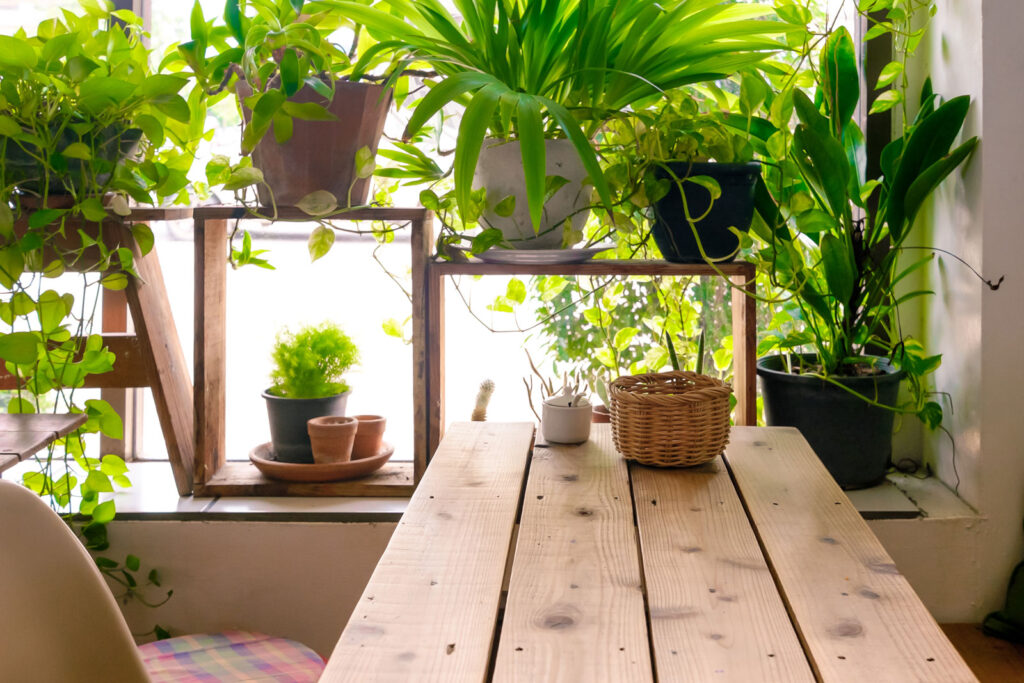
source: gardeningknowhow.com
Over time, you’ll find that your plants have exhausted the nutrients in the soil they are planted in. This is usually the case since the plants are in a container and will need you to feed them. As a result, when your plants need nutrients, they will appear tired and will not show any signs of growth for some time.
To help you feed your plants, investing in plant food that suits your indoor plants is essential. Consider getting one that has a drip feeder for easier access into the soil and even distribution of nutrients. Feeding your plants is crucial when working to have a successful indoor garden.
Cleaning the Plants
Do plants need to be cleaned? This is something that most people neglect because, objectively, it doesn’t seem like a big plant problem. However, indoor plants are prone to collecting dirt and dust as they sit pretty, decorating your home.
The dust particles that accumulate on your plant leaves make it hard for sunlight to penetrate, hindering the natural process of photosynthesis. If your plants don’t get adequate sunlight, they stunt their growth and leave you wondering what the issue is.
To help avoid this, clean your plant leaves with a damp cloth regularly to ensure that dust particles do not accumulate. You can do this each time you clean your home or water the plants to help you get into the habit.
Dealing with Insects and Pests
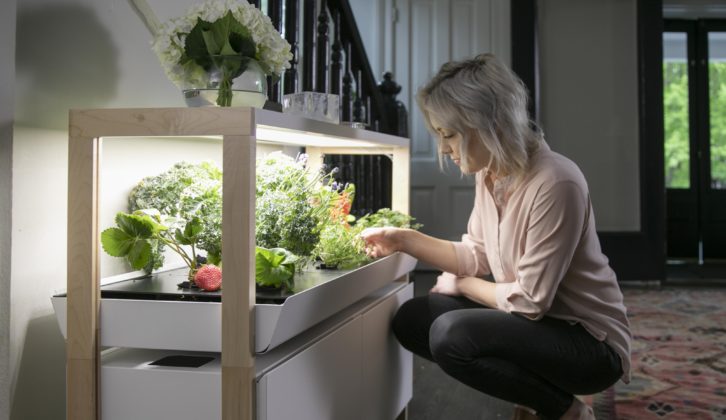
source: smartbrief.com
Indoor plants are also prone to attacks by insects and pests that may cause plant disease and leave your plant unhealthy. An unhealthy plant will have wilting leaves and may change color resulting in an unpleasant view.
To help avoid infestations, start by inspecting the plants thoroughly before bringing them into your home. Doing this will help you avoid introducing pests to already healthy plants in your home. If you find that a plant in your indoor garden is infested with insects and pests, it is advisable to check all your plants.
Checking your plants will allow you to treat them effectively for specific pests and insects. Therefore, invest in a chemical treatment to eliminate the infestation and adequately address the problem.
Additionally, create an optimal environment for your plants to thrive by removing dead leaves and stems. The dead leaves and stems provide an incredible home for pests, so you should remove them.

